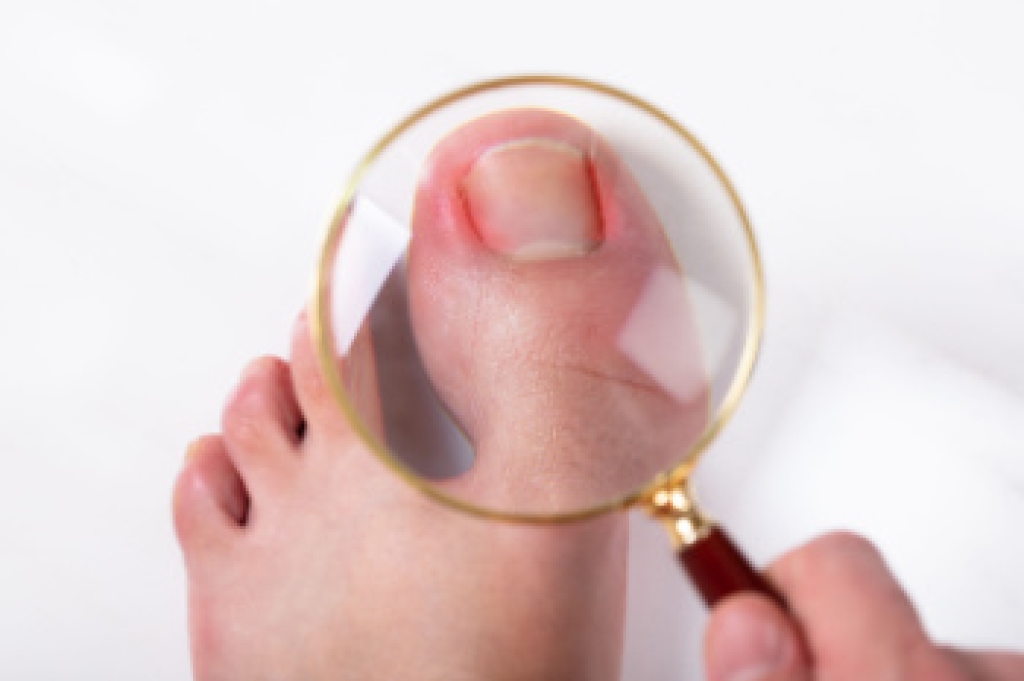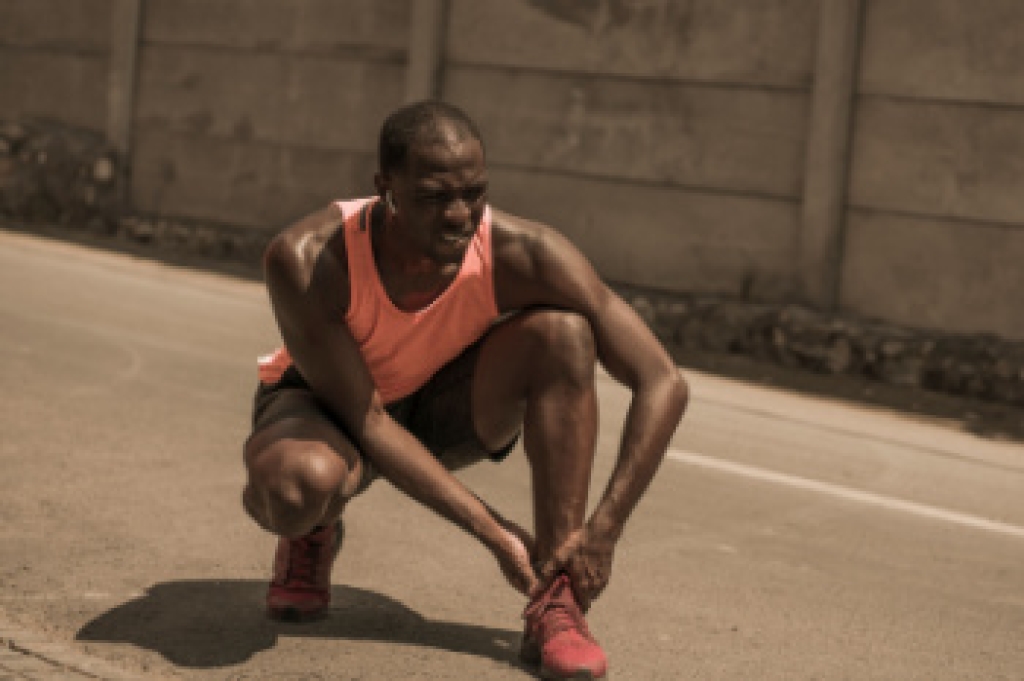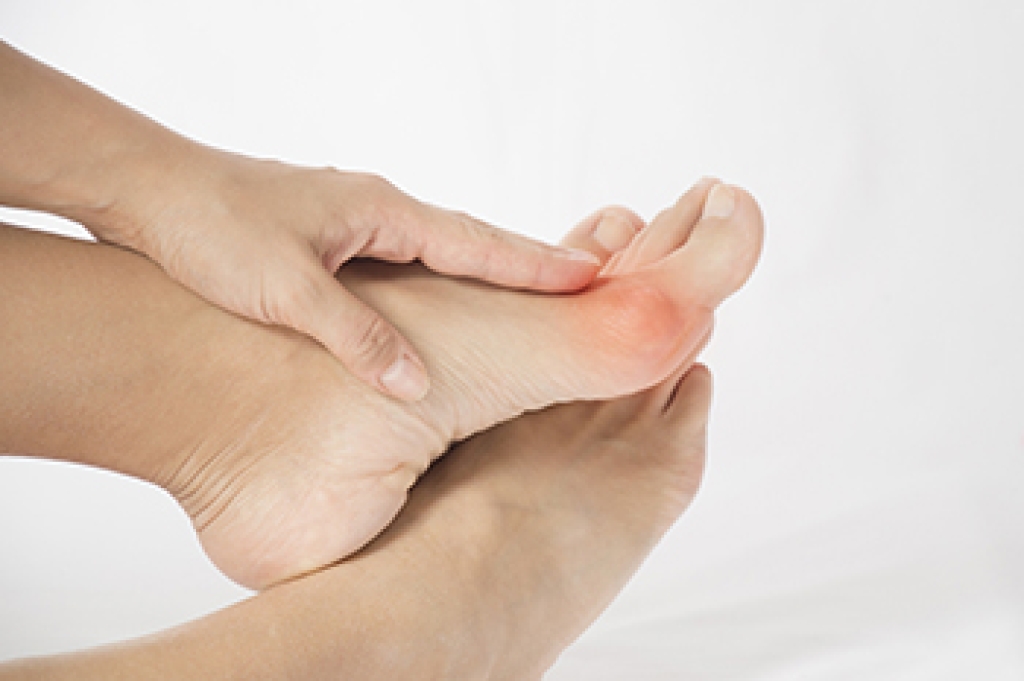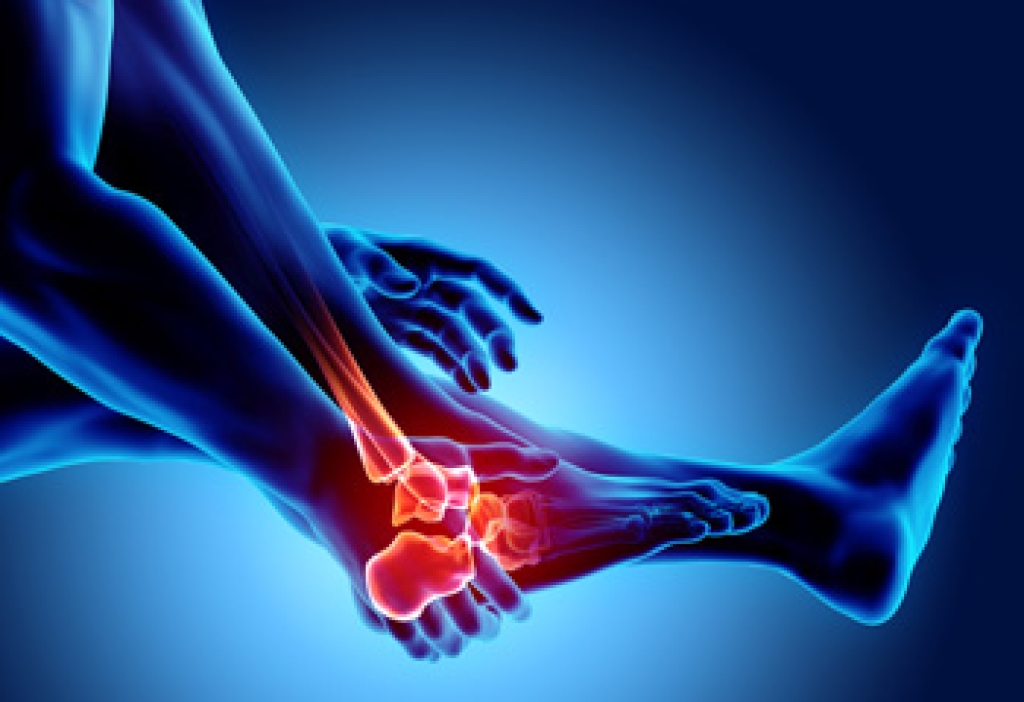
The big toe carries much of the body weight and often experiences the most pressure inside a shoe, which makes the nail more likely to grow into the surrounding skin. Its nail is larger, thicker, and more curved than the others, so even a small change in how the nail grows or how the shoe fits can cause irritation. Wearing tight shoes, improper nail trimming, and repeated bumping of the toe can increase the chance of the nail edge digging into the tissue. When discomfort develops, a podiatrist can provide gentle care that removes the offending nail portion and eases the inflammation. Treatment may include reshaping the nail, protecting the skin, or using a procedure that prevents the troublesome edge from returning. If you notice pain, swelling, or difficulty walking because of a toenail problem, it is suggested that you see a podiatrist who can offer effective treatment solutions for ingrown toenails.
Ingrown toenails can become painful if they are not treated properly. For more information about ingrown toenails, contact one of our doctors of Advanced Foot & Ankle Medical Center. Our doctors can provide the care you need to keep you pain-free and on your feet.
Ingrown Toenails
Ingrown toenails occur when a toenail grows sideways into the bed of the nail, causing pain, swelling, and possibly infection.
Causes
- Bacterial infections
- Improper nail cutting such as cutting it too short or not straight across
- Trauma to the toe, such as stubbing, which causes the nail to grow back irregularly
- Ill-fitting shoes that bunch the toes too close together
- Genetic predisposition
Prevention
Wearing proper fitting shoes and using proper cutting techniques will also help decrease your risk of developing ingrown toenails.
Treatment
Ingrown toenails are a very treatable foot condition. In minor cases, soaking the affected area in salt or antibacterial soaps will not only help with the ingrown nail itself, but also help prevent any infections from occurring. In more severe cases, surgery is an option. In either case, speaking to your podiatrist about this condition will help you get a better understanding of specific treatment options that are right for you.
If you have any questions, please feel free to contact our offices located in Agoura Hills, Simi Valley, Thousand Oaks Marin St., and Thousand Oaks Haaland Drive, CA . We offer the newest diagnostic and treatment technologies for all your foot care needs.




